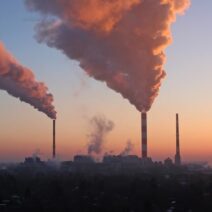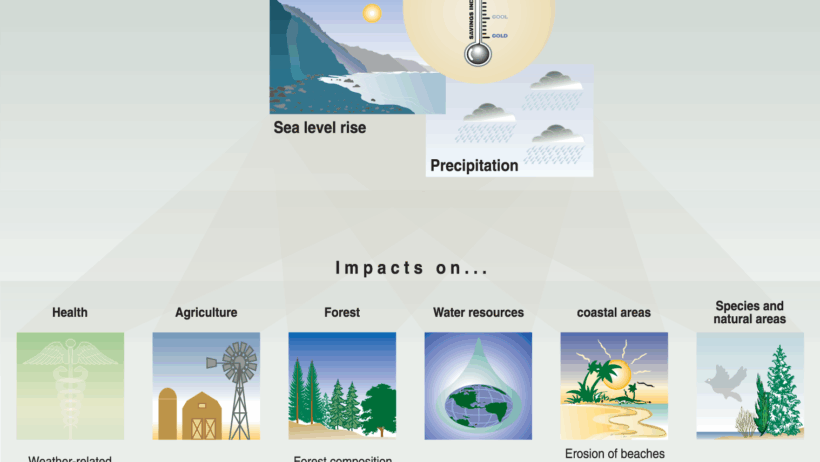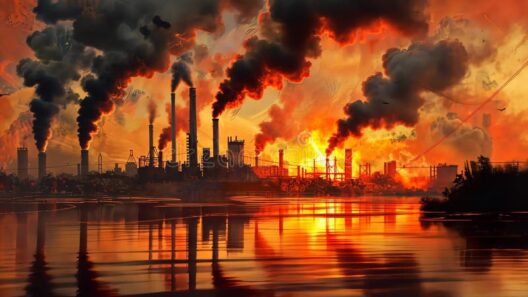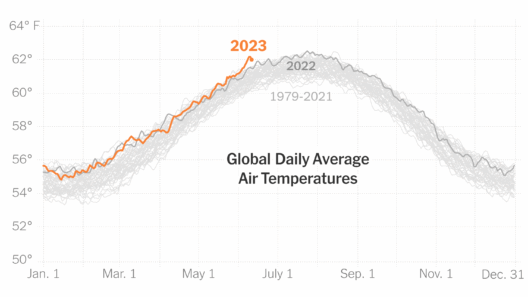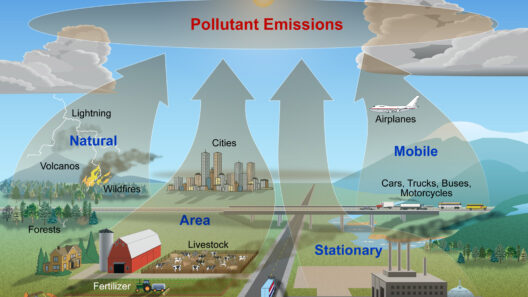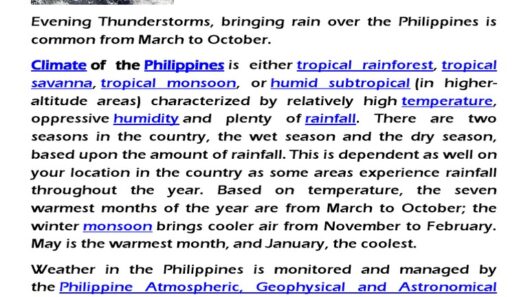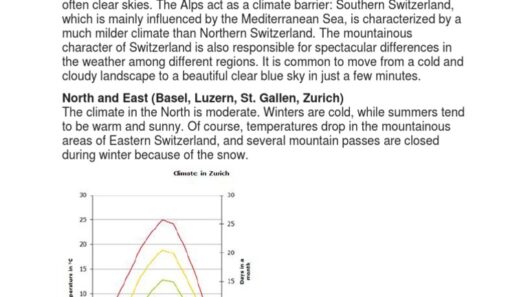Climate change has become a ubiquitous topic in modern discourse, stirring fervent debates among scientists, policymakers, and the general populace alike. The quintessential question often leading these discussions is: What actually induces climate change? Is it an inevitable consequence of natural forces operating on Earth over millennia, or is the overwhelming culprit humanity’s relentless pursuit of industrial advancement? To explore this dichotomy, we must delve into the complex interplay between natural phenomena and anthropogenic actions.
Firstly, let’s consider the natural mechanisms that have historically altered Earth’s climate. The planet’s climate system is subject to changes triggered by various intrinsic factors. One such phenomenon is volcanic activity, which spews ash and sulfur dioxide into the atmosphere, leading to temporary cooling effects. During significant eruptions, such as the 1991 eruption of Mount Pinatubo, the global temperature can drop by several degrees for a short period. Similarly, solar variations—fluctuations in the amount of solar radiation received by Earth—have played a crucial role throughout history. These natural cycles have led to the warming and cooling phases observed in Earth’s climatic timeline.
An additional natural component includes Earth’s orbital mechanics, known as Milankovitch cycles. These cycles pertain to long-term variations in the tilt and orbit of the Earth, which affect the distribution of solar energy and ultimately drive glacial and interglacial periods. Geological records indicate that these processes have instigated significant climatic shifts, including the Ice Ages. But how often do natural forces act on a timescale significant enough to account for the climate changes we are witnessing today?
On the other side of this debate lies humanity’s indelible influence on the climate. While natural forces have undoubtedly shaped the Earth’s climate, the question arises: Have we reached a tipping point where human activities overshadow these natural processes? The evidence suggests a resounding affirmative. The Industrial Revolution marked a profound transformation in our relationship with the environment, igniting a cascade of actions resulting in the unabated release of greenhouse gases. From carbon dioxide to methane, these emissions are intricately linked to our activities, such as burning fossil fuels, deforestation, and intensive agriculture.
According to climate scientists, the rapid increase in greenhouse gas concentrations since the late 19th century is unprecedented in human history. Current levels of CO2, for instance, hover near 400 parts per million, a stark contrast to pre-industrial levels of approximately 280 parts per million. This sharp escalation correlates closely with rising global temperatures, emphasizing the role of anthropogenic sources. Hence, the challenge remains: Can we evolve our activities to reduce our carbon footprint effectively, or are we inevitably bound to the cycles of climate spiraling out of control?
Moreover, deforestation presents another compelling aspect of human-induced climate change. The elimination of forests not only releases stored carbon dioxide but also diminishes the Earth’s capacity to absorb these emissions. Forests act as significant carbon sinks, and their removal exacerbates the effects of global warming. Additionally, changes in land use have further intensified our environmental woes, disrupting local climates, water cycles, and biodiversity.
Let us now examine the repercussions of this duality between natural influences and human impact. The current trajectory of climate change suggests that while natural factors may still contribute, they cannot solely account for the profound shifts we observe today. Events such as the unprecedented frequency of hurricanes, wildfires, and heatwaves indicate that the impacts of climate change are already being felt across the globe. In this context, humanity’s role morphs from a passive recipient of climatic shifts into an active catalyst of profound disruption.
It is also paramount to highlight that climate change is not merely an environmental issue; it is an intersectional concern influencing socioeconomic stability, health disparities, and regional conflicts. Vulnerable populations are disproportionately affected by climate risks, exacerbating existing inequalities. The climate crisis necessitates a holistic response encompassing justice, equity, and sustainability. One could ponder: can societal norms shift quickly enough to engender the sweeping changes required to mitigate this crisis?
In summation, the discourse surrounding climate change intertwines the enigmatic forces of nature with humanity’s palpable influence. Natural mechanisms indeed shape the climate, often over grand temporal scales, but the urgency with which contemporary changes unfold is severely amplified by human actions. This complex interplay begs an introspective examination of our communal responsibility towards the planet. The challenge therefore lies not only in understanding these dynamics but also in mobilizing collective efforts to forge a sustainable future. It is within our grasp; the question remains, will we seize the moment to rectify our course before it is too late?


